The writing is on the wall
Updated: 2016-07-23 09:24
By Yang Yang(China Daily)
|
||||||||
Different styles
Sometimes the same Buddhist stories are presented in different styles.
Ma cites the classic Buddhist story about a prince who sacrifices himself to feed tigers.
Cave 428 and Cave 254 have murals that present the story, but the one in Cave 254, completed during the Northern Wei Dynasty (AD 386-557) is more in the Han ethnic style, looking more unrestrained and free, compared with that in 428, drawn during the Tang Dynasty (AD 618-907), which is more ornamental, Ma says.
Because of the complicated procedure, copying a 6-sq m mural would take two to three people two years to complete.
"Now it's easier for me to do a copy," Ma says. "But I have a lot of other work to do, and It took me four years, from early 2012, to finish doing the facsimile of the mural on the east wall of Cave 320. I had to do the management work, write papers and do my own artistic works.
Last year he completed 500 ink and wash paintings.
"This time we used 3-D point-cloud technology to collect the digital information of the whole cave. Based on that we can build a wooden model of the cave and draw the outline of the murals."
Technology
Based on the outlines produced by the technology and the high-definition photos provided by the digital center, artists fill in colors made of special stone such as turquoise, malachite and cinnabarit, and add finer lines that have been missed by the scanner.
"We still need to go to the caves to see the original murals and study their history and artistic styles so we can understand the spirit of the works in those years," Ma says.
The high-definition photo sometimes can be misleading to inexperienced artists.
"They focus too much on the broken or missing parts, and overlook the whole," Ma says.
Wu says the focus of future work at the digital center will be on studying how to present the digital information collect to audiences.
Ma believes artists' work being based on 3-D printed copy works of the murals will become the norm.
In June, the Dunhuang Academy presented the 3-D printed Buddhist sculptures and their holographic images at the recent 12th Five-Year Plan Scientific Innovation Exhibition in Beijing attracting a lot of attention.
"If the new technology can do the job, we will let it do. We artists do what it cannot, such as adding to the thickness and granular sensation of the copies."
- Fashion of Queen Elizabeth on exhibition in London
- Hollande urges Britain to begin EU exit talks 'as soon as possible'
- Trump vows law and order if elected
- Chinese cuisine stuns Thai princess
- Security Council holds first secret poll on next UN chief selection
- Turkey's Erdogan declares state of emergency after coup bid

 Things you may not know about Major Heat
Things you may not know about Major Heat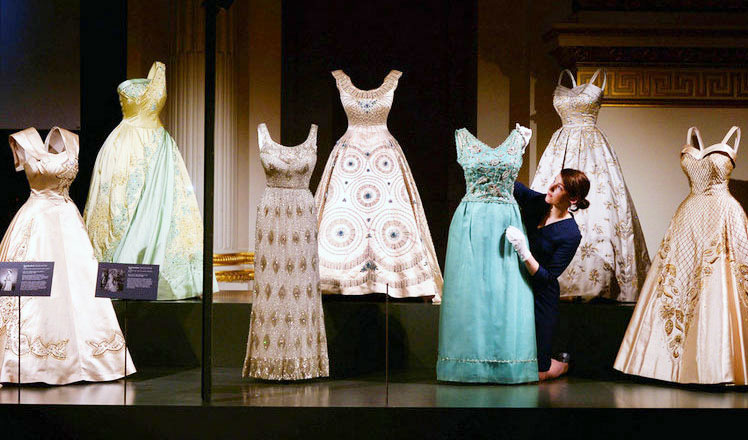
 Unveiling the secrets of Elizabeth II’s wardrobe
Unveiling the secrets of Elizabeth II’s wardrobe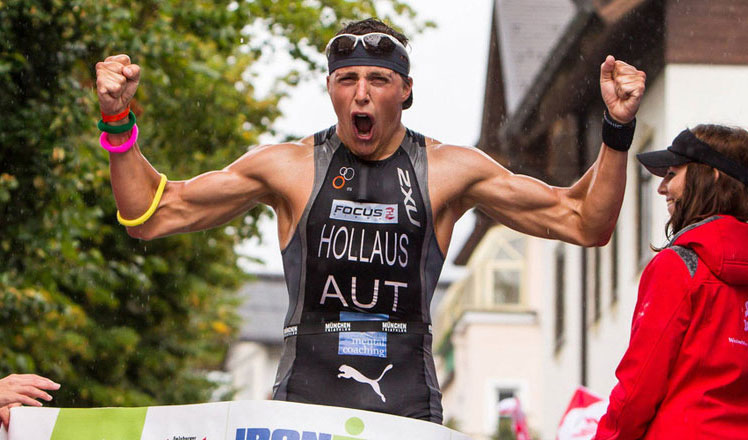
 Go global: Wanda's top 10 foreign acquisitions
Go global: Wanda's top 10 foreign acquisitions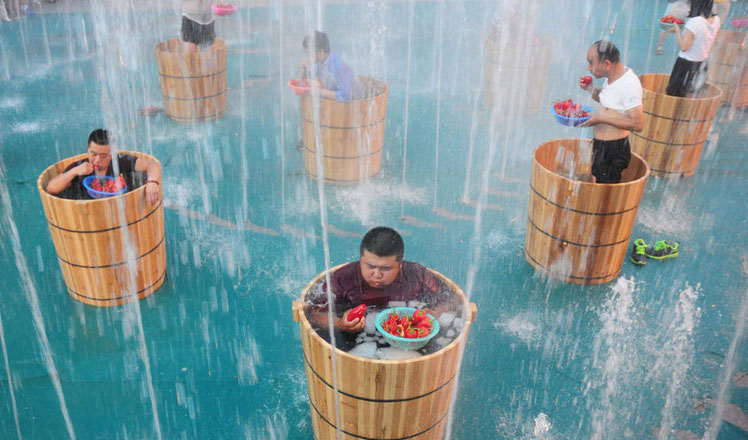
 Hot pepper and ice tub challenge held in E China
Hot pepper and ice tub challenge held in E China
 Ten photos from around China: July 15 – 21
Ten photos from around China: July 15 – 21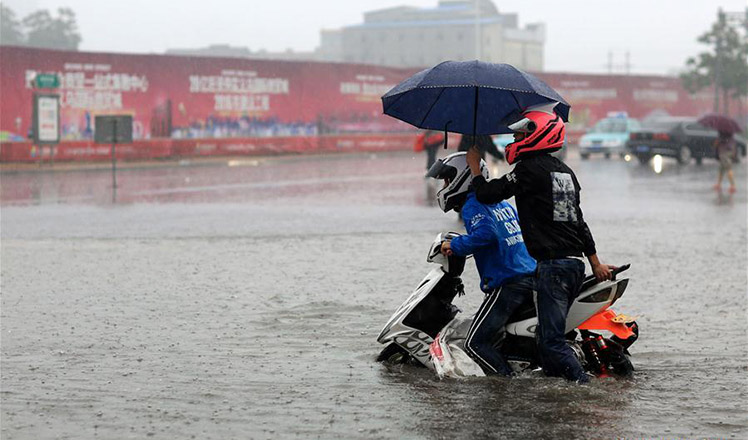
 Heavy rain, floods across China
Heavy rain, floods across China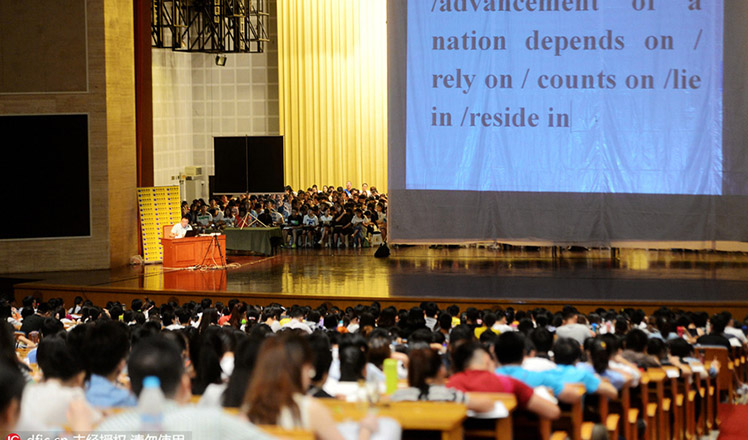
 Super-sized class has 3,500 students for postgraduate exam
Super-sized class has 3,500 students for postgraduate exam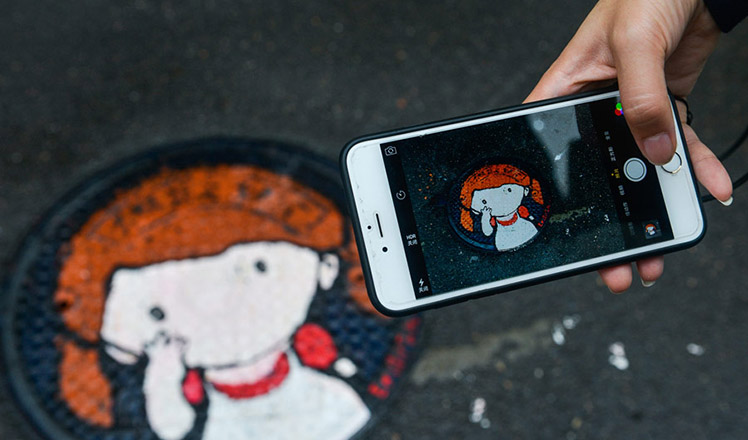
 Luoyang university gets cartoon manhole covers
Luoyang university gets cartoon manhole covers
Most Viewed
Editor's Picks

|

|

|

|

|

|
Today's Top News
Ministry slams US-Korean THAAD deployment
Two police officers shot at protest in Dallas
Abe's blame game reveals his policies failing to get results
Ending wildlife trafficking must be policy priority in Asia
Effects of supply-side reform take time to be seen
Chinese State Councilor Yang Jiechi to meet Kerry
Chinese stocks surge on back of MSCI rumors
Liang avoids jail in shooting death
US Weekly

|

|







